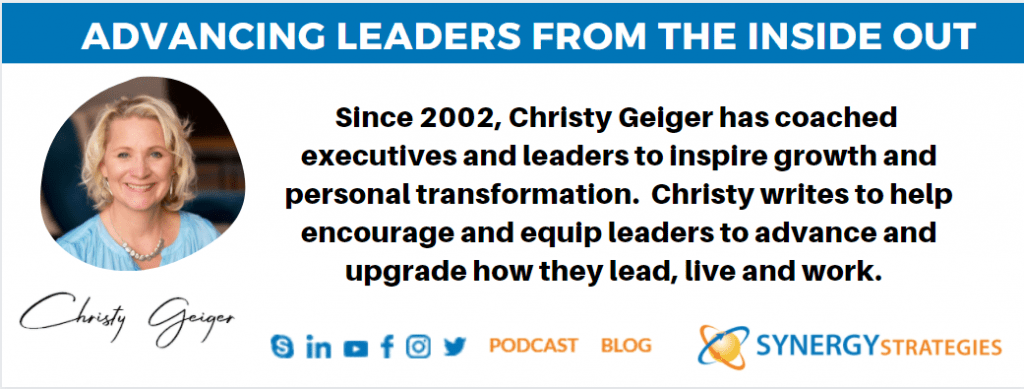Bubble wrap reminds me of what a friend of mine always said about living life in a bubble. She found her joy and happiness because she shielded herself from outside attacks, challenges, and annoyances with the invisible “bubble” she put around herself. It wasn’t unhealthy or overly “protecting” so to speak, it was just a “boundary” of separating herself from people who wanted to barf on her, be negative, critical, condescending, discouraging, leaching, using or having silent expectations that were exhausting and unrealistic to fulfill. It was a way to define “my world”, “my perspective” and “my joy” separate from the lens and unfiltered opinions others like to project on us.
Bubble wrap sounds nice. It sounds more substantial than a bubble! It sounds like extra layers! It feels thicker and less easy to pop or break than a bubble! As I think about my friend and her bubble and consider this concept of putting myself in bubble wrap, the concept seems appealing. Anyone who works with people can attest to the exhaustion they create at times, especially if you happen to be in leadership. That might sound a little melodramatic or mean, however, there is truth in the struggle and joy in the thought of really surrounding yourself with bubble wrap!
Years ago I read a book called Rhinoceros Success. It was a great book about THICK SKIN, perhaps a natural bubble or bubble wrap. As human beings living in a world with others and especially as a leader, this emotional resilience is critical.
The concept of bubble wrap is really attractive to me because, despite my strong personality and nature, my skin can be thin at times. I lead strong in service of the team but when people push back harshly, I can feel unappreciated, disrespected and exhausted. It is clear that I am not alone in this challenge. Many books continue to hit the shelf about backbone, tough-mindedness and dealing with the emotional challenges of leadership.
We are not victims and the reality is most people in the world are not out to get you. People, in general, are really just concerned about themselves, their goals and their path. The challenge is if we are “out on the road” we can have fender benders and collisions in miscommunication and conflict. Strengthening emotional resilience and intelligence can help to navigate the world without feeling beat up!
How is Emotional Resilience and Intelligence possible?
- STAY CENTERED. This isn’t a one and done exercise. This is a “practice” that is important to develop and maintain. Like your physical muscles require a regular workout for best fitness, so you need mental exercises to maintain emotional resilience. Regular practices include regular personal centering (at least weekly). This can be done through yoga, meditation, mindfulness, prayer, journaling, etc. It is simply the practice of clearing your mind and taking your volume from full and amped up to peace and calm.
- DEVELOP AWARENESS. Understanding your own triggers and emotional vulnerabilities is important. Reality is, we all have them. You are human. These can be identified through self-reflection, but are best understood in conjunction with an external reflection source. There are lots of assessments to help this process. Once you understand your Achilles heel of emotional vulnerability, develop muscles in these areas. Here are some tools to check out:
- Emotional Intelligence 2.0. Purchase the book and get a code for an assessment. Taking this assessment will help you understand the four quadrants of EI and how you rate in each.
- To help with Emotional Resilience there are few resources:
- Positive Intelligence: This book also has a free assessment on the website which helps to understand your emotional saboteurs.
- Gremlins A book to help you identify your “gremlins” those things that derail you. (by Richard Carson).
- SCARF Model Assessment by NeuroLeadership Institute: This resource explores your limbic system triggers.
- Tools like these help to understand where we have subconscious projections and lenses through which we view and filter the world. If we don’t understand, we can be easily hijacked to see offenses, insults, messages and such that trigger and short circuit our emotional management system.
- KEEP PERSPECTIVE. Have a network of support that gives you a neutral perspective on your challenges and emotions. While many people are internal processors, at some point you have to get those thoughts out. Sometimes your thinking is just off. You saw it wrong, made up a story, let your triggers get you, etc. It is a gift to have a close friend, spouse, mastermind group, business group, coach or counselor to process and talk through your greatest challenges. These are learning moments. You are not processing because you can’t handle it … you are processing because you want to LEARN and GROW.
- How did you see that situation?
- What are other ways to see the situation?
- Was that you and your stuff or not your stuff (sometimes it isn’t!)?
- What triggered you the most? Is there something to work on for you that will make you better?
- How did you handle it?
- What was the impact of that?
- Did that make the situation worse or better?
- How do you want to handle that in the future?
Truth is, relationships and communication can be hard. We don’t always understand what is being said and there is a lot that is said beyond words. There is much that gets communicated in body language, energy, non-verbals, PLUS words. Humans while simple are also complex. Emotions are complex. In times of stress, emotions can run high and therefore be even more sensitive to getting triggered or ignited. As a leader, you work with people and communicate (or should be) A LOT. Being proactive and strengthening your emotional resilience and intelligence will give you a natural and healthy bubble wrap to help withstand the ups and downs of working with people. No one is perfect. We are all just human, trying to navigate the world the best we can and hopefully add some value along the way.





